The Turbine Generator Market is currently characterized by a dynamic competitive landscape, driven by technological advancements, increasing demand for renewable energy, and the need for efficient power generation solutions. Major players such as General Electric (US), Siemens (DE), and Mitsubishi Heavy Industries (JP) are at the forefront, each adopting distinct strategies to enhance their market positioning. General Electric (US) focuses on innovation in digital solutions, particularly in integrating AI and IoT technologies into their turbine systems, which enhances operational efficiency and predictive maintenance capabilities. Siemens (DE), on the other hand, emphasizes sustainability, actively investing in green technologies and partnerships to bolster its renewable energy portfolio. Meanwhile, Mitsubishi Heavy Industries (JP) is concentrating on expanding its global footprint through strategic collaborations and local manufacturing initiatives, which appear to be aimed at reducing costs and improving supply chain resilience.
The business tactics employed by these companies reflect a concerted effort to localize manufacturing and optimize supply chains, which is crucial in a moderately fragmented market. This competitive structure allows for a diverse range of offerings, yet the influence of key players remains substantial, as they set benchmarks for innovation and operational excellence. The collective strategies of these companies not only enhance their individual market shares but also contribute to a more robust and competitive environment overall.
In August 2025, General Electric (US) announced a partnership with a leading renewable energy firm to develop next-generation turbine technology aimed at offshore wind applications. This strategic move is significant as it positions General Electric to capitalize on the growing offshore wind market, which is expected to see substantial growth in the coming years. By leveraging its technological expertise and the partnership's resources, General Electric is likely to enhance its competitive edge in the renewable sector.
In September 2025, Siemens (DE) unveiled a new digital platform designed to optimize turbine performance through real-time data analytics. This initiative underscores Siemens' commitment to digital transformation, allowing for improved operational efficiencies and reduced downtime for clients. The introduction of this platform may not only strengthen Siemens' market position but also set a new standard for digital integration in turbine operations.
In July 2025, Mitsubishi Heavy Industries (JP) completed the acquisition of a regional turbine manufacturer, which is expected to enhance its production capabilities and market reach in Asia. This acquisition appears to be a strategic effort to bolster its presence in a rapidly growing market, allowing for localized production and potentially lower costs. Such moves indicate a trend towards consolidation in the industry, as companies seek to enhance their competitive positioning through strategic acquisitions.
As of October 2025, the competitive trends in the Turbine Generator Market are increasingly defined by digitalization, sustainability, and the integration of advanced technologies such as AI. Strategic alliances are becoming more prevalent, as companies recognize the value of collaboration in driving innovation and expanding market reach. Looking ahead, it is anticipated that competitive differentiation will increasingly pivot from traditional price-based competition to a focus on technological innovation, supply chain reliability, and sustainable practices, thereby reshaping the landscape of the turbine generator market.


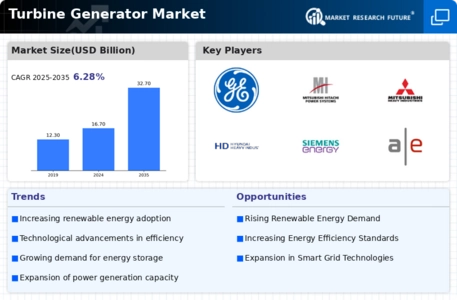
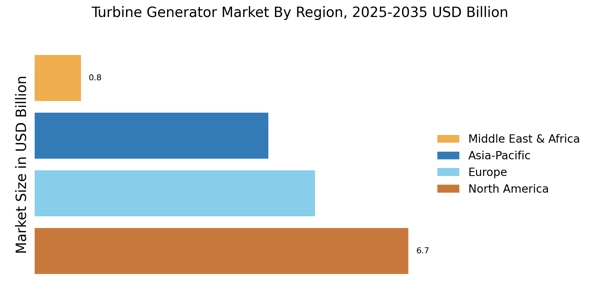
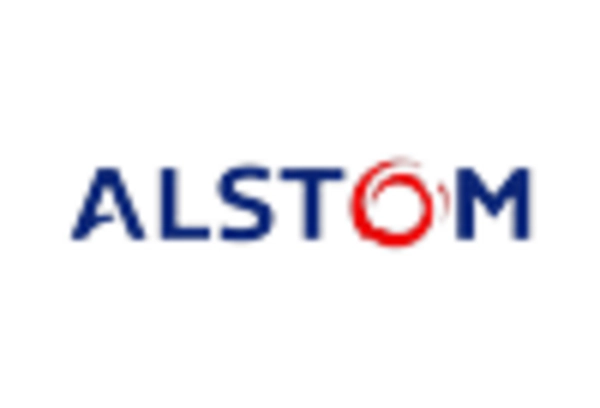
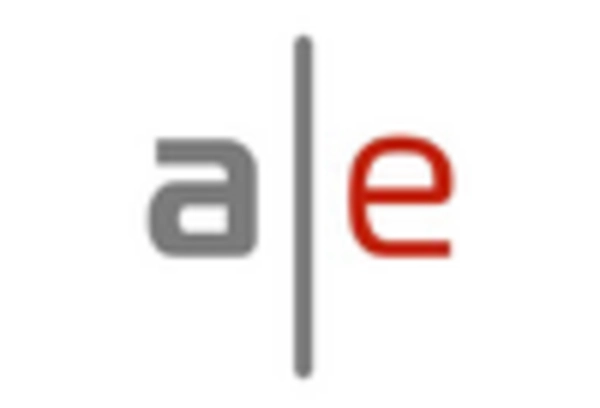



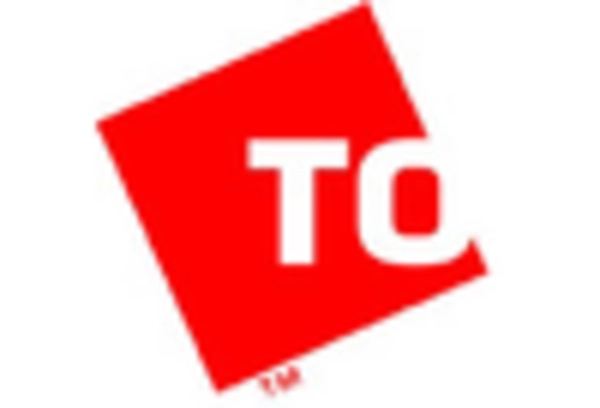








Leave a Comment